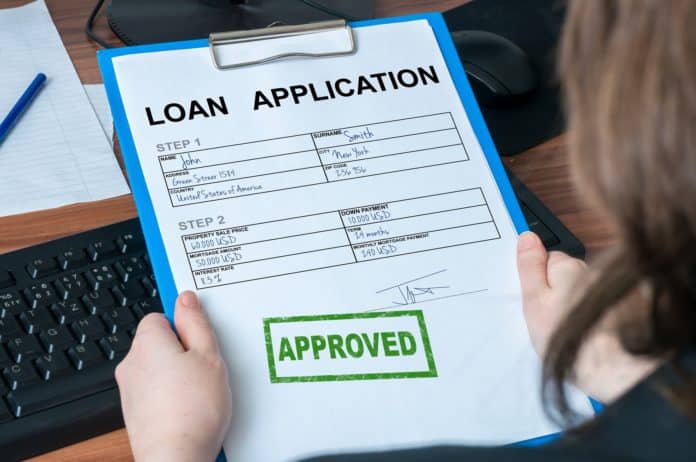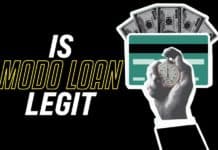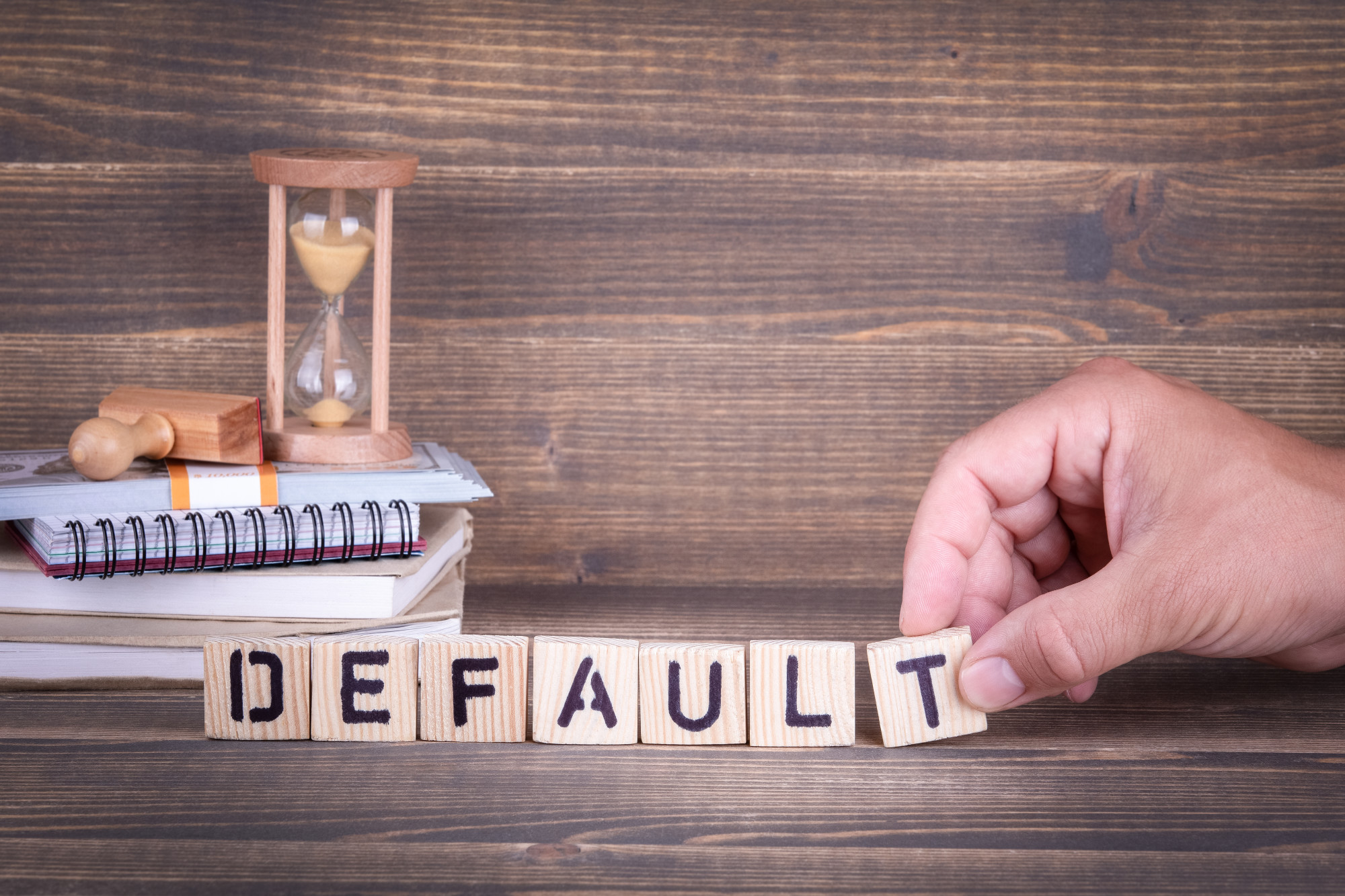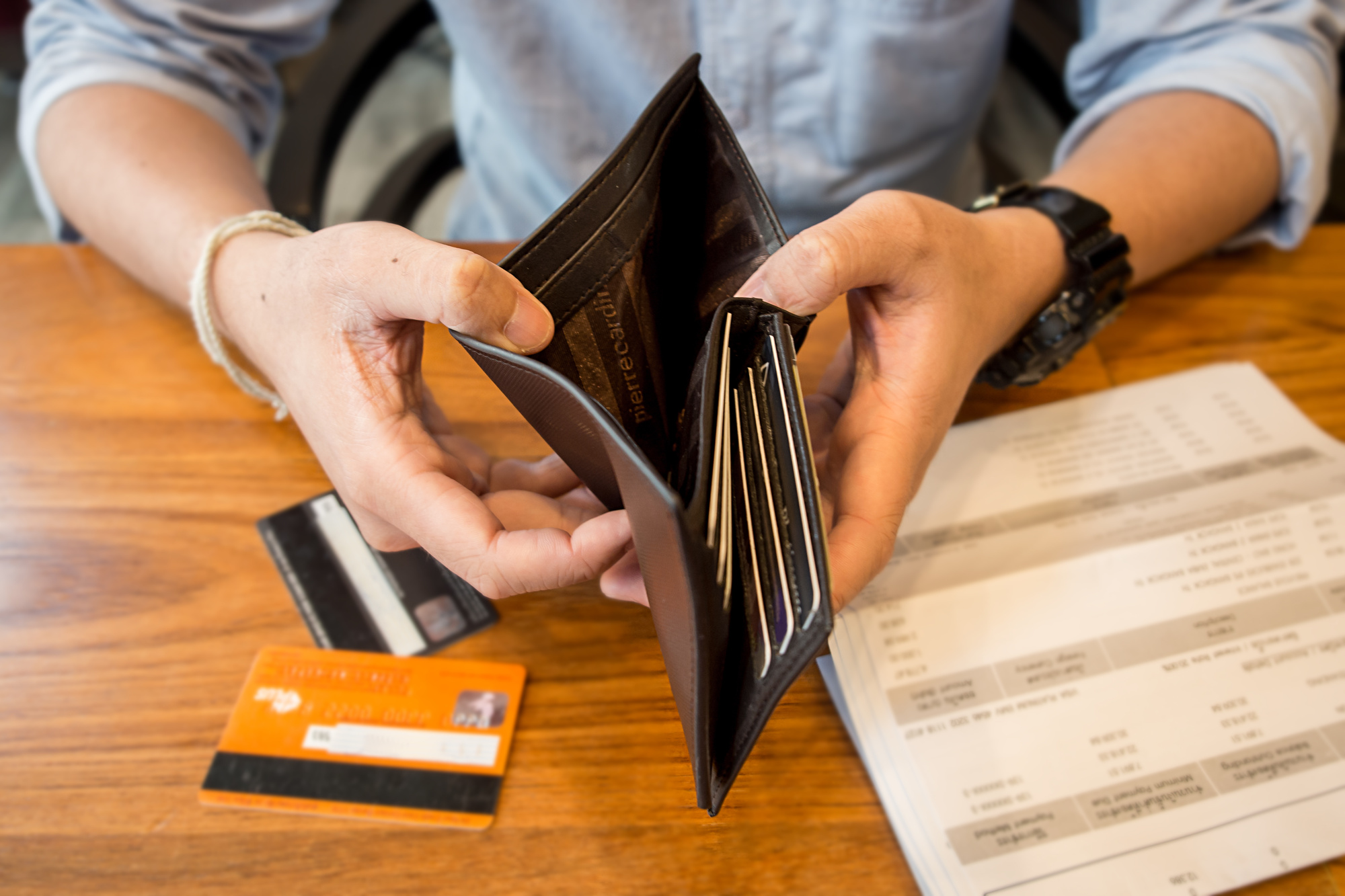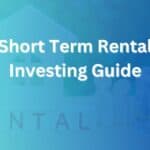Home sweet home, or debt central?
Americans are currently over $14 trillion in debt. Research shows that mortgages make up the largest chunk of debt, totaling just above $9 trillion nationwide. Next on the list, there’s credit card balances and student loan debt.
Luckily, just because you’re tight on cash, that doesn’t mean you have to stay that way. When you know about the different types of loans available, you can choose the right ones to help you reach your financial goals. Whether you’re looking to lower your interest rates or consolidate your debt, there’s a loan out there for you.
Read on to learn about 5 types of loans, and when you should use them.
Types of Loans Available
In this article, we’ll be focusing on the different types of loans available for personal use.You can get a personal loan for a variety of reasons, like paying for wedding expenses or covering the cost of a big move. Along with personal loans, you should also look into marginable securities to grow your money.
Let’s start our review of personal loans by taking a peek at how unsecured loans can help when you don’t have collateral to offer.
1. Unsecured Personal Loans
We find that it’s best to use unsecured loans if you’re trying to consolidate your debt or make a major purchase. For example, if you have very high-interest credit card debt, an unsecured personal loan could help you pay that debt off sooner.
If you choose to get an unsecured personal loan, you won’t have to put anything down as collateral. However, if you’re approved for the full amount of your loan, you can completely pay off your credit cards and stop acquiring interest.
If you have good credit, the personal loan will most likely have a lower interest rate than the rates on your credit cards. Another reason you might find yourself using a personal loan is if you want to make a major financial purchase.
For example, if you remodeling your kitchen, or you have a lot of medical bills, or you moving across the state, a personal loan could be your best option. Since these loans don’t require any type of collateral.
Your credit score will be the main determining factor in whether or not you get approved. Individuals with bad credit can get an unsecured personal loan, however, it’s more likely that your rate of interest will be higher.
2. Secured Personal Loans
Next, on the list of types of loans, you have secured personal loans. A secured loan is a great way to get access to money, without having to pay fees. They call it a secured loan because you’ll be securing the loan with some type of collateral.
One of the biggest advantages of secured loans is that they have lower rates because things can rest assured knowing you have collateral on the line. However, the downside of putting something up for clatter all, is that the risk becomes greater for you.
Should you be unable to make your loan payments, the lender has the right to seize your assets. For example, let’s say you got a secured personal loan using your house ask lateral. If you should default on the loan, or be unable to pay it at all, the lender would have legal rights to take your home from you.
3. Fixed-Rate Loans
As you begin exploring personal loans, you’ll notice that some carry fixed rates, while others have variable rates. A fixed-rate means that your monthly payments or installments will stay the same every month.
When you have a fixed-rate loan, you can rest assured that you’ll know how much you owe for each payment, throughout the entire life of the loan. We suggest using a fixed-rate loan if you want to make consistent payments, or if your budget won’t allow for any fluctuations. However, if you don’t have to stick to a strict budget, variable-rate loans could be your best option.
4. Variable Rate Loans
Variable-rate loans create interest rates using different benchmarks that the banks set. Your payment, and interest you, will directly relate to how the banks are doing.
One of the biggest benefits of a variable rate loan is that the APR is usually lower than those on fixed-rate loans. It’s also common for variable-rate loans to have a limit to how much your rate can change over a certain amount of time.
If you are dealing with a loan that has a short repayment term, then variable rate loans are something you should explore. Since you won’t need as much time to repay the loan, the risk of having to deal with extreme rate changes goes down.
5. Payday Loans
A payday loan is a type of unsecured personal loan. In most cases, the lender will require you to completely repay the loan by your next payday, instead of using installments.
Typically speaking, payday loans are relatively low amounts, not exceeding a few hundred dollars. While payday loans are short term loans, they still come with high-risk and high-interest rates.
Sadly, many borrowers wind up taking out additional loans when they can’t pay off their first payday loan. Taking out loans to pay off other loans, can quickly get you into a debt cycle with no end in sight.
Before you know it you’ll have interest charges adding up, and installment due that you don’t have the money for. Whenever possible, we suggest steering clear of payday loans, unless you’re certain you can repay them on time.
Borrow With Confidence
Understanding the different types of loans available to you gives you the power you need to make wise financial decisions. Whether you’re looking to consolidate debt or help cover a big expense, the right loan can help you reach your goal faster than ever before.
Remember, what matters most is that you pick alone that will suit your situation. for more money savvy tips check out the rest of the site.

